Thalassiosira weissflogii an important input to global shrimp and shellfish larviculture
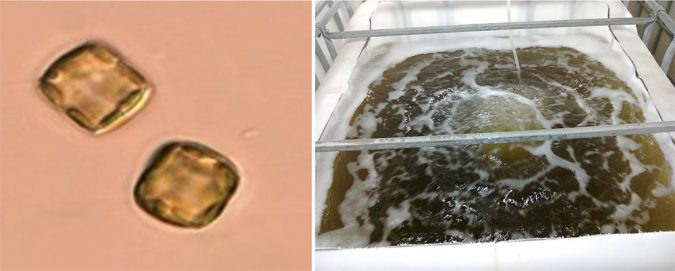
The diatom Thalassiosira weissflogii is a widely distributed, unicellular microalga found in marine, brackish and freshwater environments in many regions of the world. Evidence from molecular genetics suggests that this species of centric diatom is really a species complex and there may be a number of different genetic populations from the eastern and western Atlantic Ocean, California, Indonesia and Hawaii. It is shaped like a short, 4- to 32-µm diameter cylinder, occurring in single cells and in groups embedded in a gelatinous matrix and probably grows better at higher salinities.
The species tolerates poor water quality and it is not toxic, but can sometimes be associated with other microalgal species that can cause red tides and algal blooms. This diatom reproduces both asexually and sexually – the latter can be prompted by external cues like changes in water temperature, light intensity, or day length. It has important uses in the aquaculture industry, where it is used widely to feed shrimp and shellfish larval stages in hatcheries and is considered to be the best microalgae for shrimp larval stages.
In our study, we tested the production of T. weissflogii in different photo-bioreactors, to determine the best growing conditions using simple designs and culture conditions.
Testing different photobioreactors
In our study, we tested various photoreactor systems, and here we present our results. T. weissflogii is a widely cultured diatom in the global shrimp and shellfish larviculture industries. It is typically cultured at between 1 million and 3 million cells per ml on batch mode and with a growing camera (light path) of around 450 mm. Unlike other species, like Nannochloropsis gaditana, which grow very well and at a hundred-fold in 30mm thin layer reactors (vs. conventional 300 mm or 450 mm thick tubular culture reactors), T. weissflogii cells bleach to death in very thin-layer (30 mm) photoreactor systems, as their cells divide partially and die, unable to withstand the high photosynthetically active radiation (PAR).
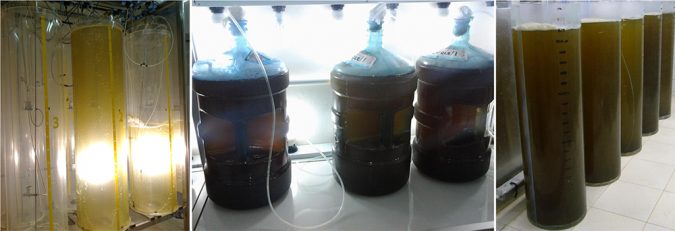
Technically, it appears that the best growing system for T. weissflogii is a cylindrical reactor with 110 m thick walls and a controlled light source capable of adjustments from 60 to 250 µmol photon/m2/sec, assisted as a time function with respect to growing cell concentrations. With such a set-up, a cell density of 12-15 million cells of T. weissflogii per ml can be produced. In principle, an incident photon irradiance (400-700 nm) ranging from 80 to 120 µmol photon/m2/sec is necessary for the first two days after initial stocking of the diatom, followed by 120 to 160 µmol photon/m2/sec from day 3 to day 5, and 160 to 200 µmol photon/m2/sec from day 6 to day 7.
The culture temperature must be kept at 22-23 degrees-C, and air bubbles from aeration provided should be 10 mm in diameter. Before the diatom cells are stocked in the 110 mm-diameter acrylic reactor, the culture must be conventionally grown to a maximum cell density of 3.0 million cells/ml in carboys in a continuous mode for a month and under low nitrogen and low phosphate levels. The photoperiod must be kept at 18 hours light: 6 hours dark, and vitamin B12 must be continually dripped in to maintain an available concentration of 0.01 ppm. Providing any more nitrogen will make the T. weissflogii cells grow yellowish green.
Also, because T. weissflogii tends to stick onto culture walls and to one another, there must be a provision for increasing the air provided (mixing turbulence) for 20 minutes daily in the morning to bring them all into suspension again. Also, fresh seawater must be topped daily to help keep the cells from not clumping together, and this addition should be around 3 percent of the total volume, provided daily using cool, aged (seven days) post-treated seawater.
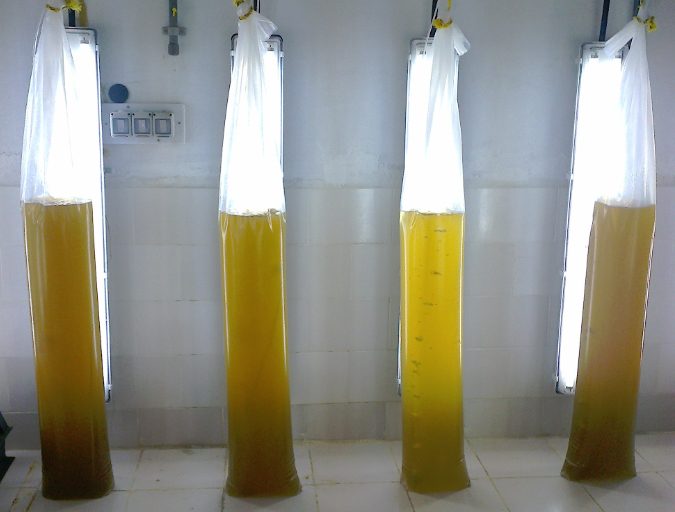
Shading of its cells does not inhibit cell division in T. weissflogii, as it has the ability to carry out photosynthesis saturation even at low light intensities. T. weissflogii is a nitrate-storing diatom that uses its intracellular nitrate pool for dissimilatory nitrate reduction to ammonium in dark conditions and anoxia, as studied at the Max Planck Institute for Marine Microbiology (Germany) by Dr. Anja Kamp and co-workers.
According to Dr. Paul G Falkowski of Rutgers University (New Jersey, USA), the light saturation index for the growth of T. weissflogii has been reported to be approximately 100 µmol photon/m2/sec. Further, Drs. Costello and Chisholm (MIT, USA) have assessed that 133 µmol photon m-2 s-1 is the optimal growth irradiance for Thalassiosira weissflogii.
Perspectives
Our research shows that the diatom T. weissflogii can be successfully cultured semi-continuously and without population crashes for 90 days, and with low nitrogen / phosphate levels (100 ppm N/10 ppm P/3 ppm Urea-N). Cylindrical reactors with 110 m thick walls appear to be optimal for best performance of high density culture of this diatom. The physiological manipulation of cellular light harvesting pigment and cellular photoprotective pigments with high density culture of T. weissflogii is still both an art – and science, and thus, more research is needed to fine tune its culture.
Authors
-
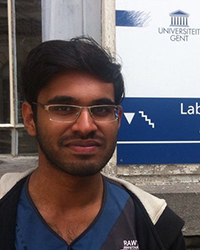
Shibu Daniel
Amity Institute of Marine Science and Technology
Amity University Uttar Pradesh
Sector 125, Noida – 201 303
Uttar Pradesh, India[160,194,32,32,109,111,99,46,108,105,97,109,103,64,108,101,105,110,97,100,117,98,105,104,115,114]
-

Dr. Ashutosh Srivastava
Amity Institute of Marine Science and Technology
Amity University Uttar Pradesh
Sector 125, Noida – 201 303
Uttar Pradesh, India
[117,100,101,46,121,116,105,109,97,64,52,97,118,97,116,115,97,118,105,114,115,97]
Tagged With
Related Posts
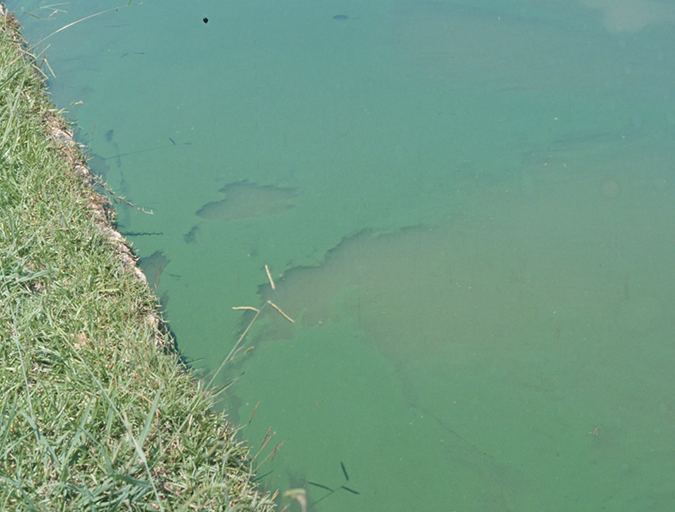
Health & Welfare
Phytoplankton a crucial component of aquaculture pond ecosystems
Phytoplanktonic organisms, or microalgae, are very abundant in aquaculture ponds and have critical roles in these ecosystems, significantly influencing overall pond ecology and water quality. Proper management of phytoplankton populations is essential for successful aquaculture pond production.
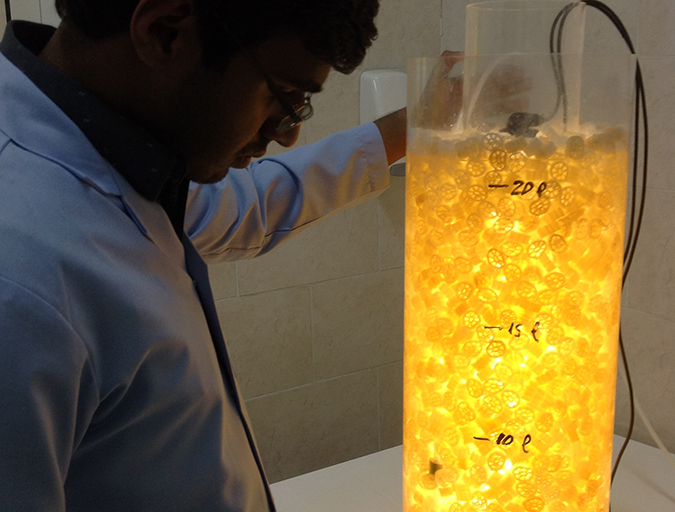
Aquafeeds
Novel reactor developed for indoor, high-density production of diatoms
The development of this reactor for the indoor cultivation of non-suspended microalgae like important diatoms such as Amphora spp., and the cellular dry matter values produced in this study will help bio-filming science support the development and improvement of in situ feed supplementation for fish and shrimp ponds, particularly in desert environments.
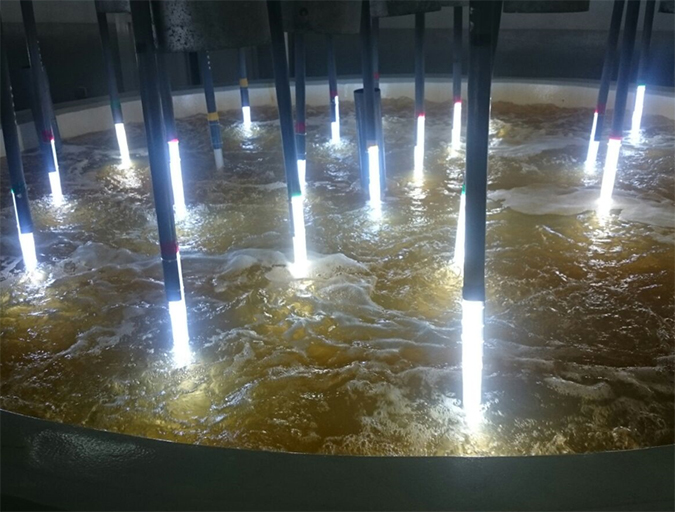
Aquafeeds
Novel light bank reactor aids in microalgae culture
The control of temperature and light intensity in microalgae culture in outdoor tanks is difficult. Progress in algal biotechnology and the use of photo-bioreactors, metabolic engineering and other advances supported development of a novel underwater light bank reactor that allows for more effective light utilization by cultured microalgae.
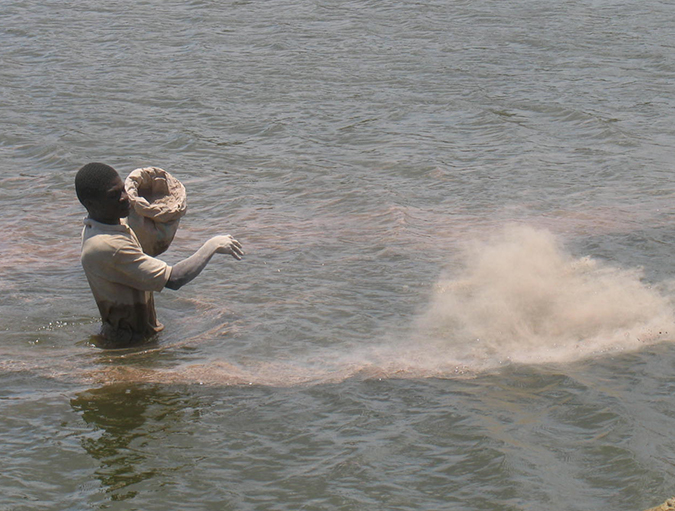
Responsibility
Inorganic fertilization of production ponds
Nitrogen and phosphorus are the most important nutrients in fertilization of both freshwater and coastal ponds. Many factors that can affect the response of ponds to fertilizers are location-specific. Aquaculture pond managers will have to figure out the best procedure for a given location or even for an individual pond.

